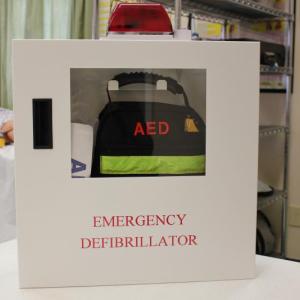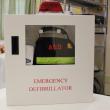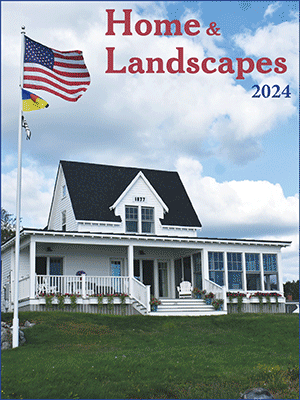Ambulance gift will make community ‘Heartsafe’
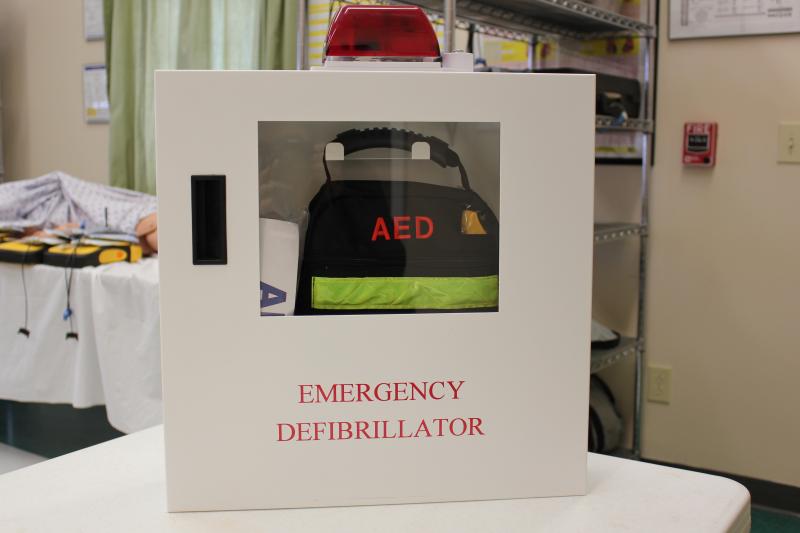 The Boothbay Region Ambulance Service is looking for indoor, publicly accessible sites to place automatic electronic defibrillators. These AEDs, which were a gift of the Schacknow Foundation, could mean the difference between life and death in a sudden cardiac arrest. SUE MELLO/Boothbay Register
The Boothbay Region Ambulance Service is looking for indoor, publicly accessible sites to place automatic electronic defibrillators. These AEDs, which were a gift of the Schacknow Foundation, could mean the difference between life and death in a sudden cardiac arrest. SUE MELLO/Boothbay Register
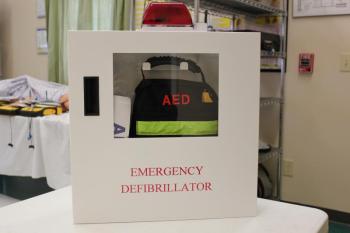 The Boothbay Region Ambulance Service is looking for indoor, publicly accessible sites to place automatic electronic defibrillators. These AEDs, which were a gift of the Schacknow Foundation, could mean the difference between life and death in a sudden cardiac arrest. SUE MELLO/Boothbay Register
The Boothbay Region Ambulance Service is looking for indoor, publicly accessible sites to place automatic electronic defibrillators. These AEDs, which were a gift of the Schacknow Foundation, could mean the difference between life and death in a sudden cardiac arrest. SUE MELLO/Boothbay Register
A family foundation’s gift of 17 automatic external defibrillators (AED) to the Boothbay Region Ambulance Service could mean the difference between life and death for individuals stricken by cardiac arrest. The ambulance service is now looking for public locations to place these devices so they will be available during an emergency.
Sudden cardiac arrest is one of the leading causes of death in the United States; the American Red Cross estimates that 350,000 people will suffer an arrest this year. When a heart develops an irregular rhythm, an electrical shock is needed to get the ailing heart back on rhythmic track.
AEDs can provide that needed shock and are designed to be used by untrained people. Once connected to the patient, the AED assesses the stricken person’s heart rhythm, decides whether a shock is needed and guides the caregiver through each step to take, from calling 911 to conducting chest compressions.
“Electricity is key. It’s part of the chain of survival. Early CPR, early defibrillation and early advanced life support, those are the keys to survival in these emergencies,” Ambulance Service Operations Manager Scott Lash said.
Lash said his goal is to have the new AEDs placed in public places throughout the community where they will be accessible in a crisis. The AEDs will be mapped and can be located through the use of a smartphone app.
Last fall, the ambulance service inventoried all the AEDs in the region, finding out where they are and whether they are accessible to the public. Now the service is looking for strategic spots for the new lifesaving devices.
“We are looking to figure out where to put these, and we want to hear from businesses, community organizations or churches that would be willing to have their site considered,” Lash said.
The AEDs need to be placed in an indoor location with public access at all times. BRAS would also need to be able to inspect the devices monthly.
If a business or organization is interested in having an AED on-site that is not public, Lash said the ambulance service would like to register the device, and BRAS would be available to help maintain it.
Lash said Dr. Paul Schacknow, a Southport summer resident, was instrumental in this latest step forward for community health.
The Schacknow Family Foundation has provided funding for essential equipment and training in the past and has funded this purchase of AEDs for the community.
“They have been following the changes to healthcare on this peninsula and looking to see what they could do to support the ambulance service through the hospital change,” Lash said.
The community AED concept arose because AEDs are the missing link in achieving the designation of Heartsafe Community, Lash said. The Heartsafe Community program is focused on enhancing the chance of survival during a sudden cardiac arrest.
“The Heartsafe Community designation is a recognition of a level of prevention and proactive heart treatment in a community. When we looked at the criteria to be met, all were in place except the AED component,” Lash said. “When we talked to the Schacknow Foundation about the idea, they were very enthusiastic.”
Lash hopes the community will be just as enthusiastic about this opportunity.
As part of the grant, BRAS will be offering additional CPR training. BRAS is looking for one or two community members who could help with CPR instruction. The ambulance service will also be at public events this year, providing simple training and information.
“We really want to engage the community in this project. There are definitely roles here for people who don’t necessarily want to be EMTs, but still want to help. We are really looking forward to this project and think it will be great for the community,” Lash said.
Event Date
Address
United States

